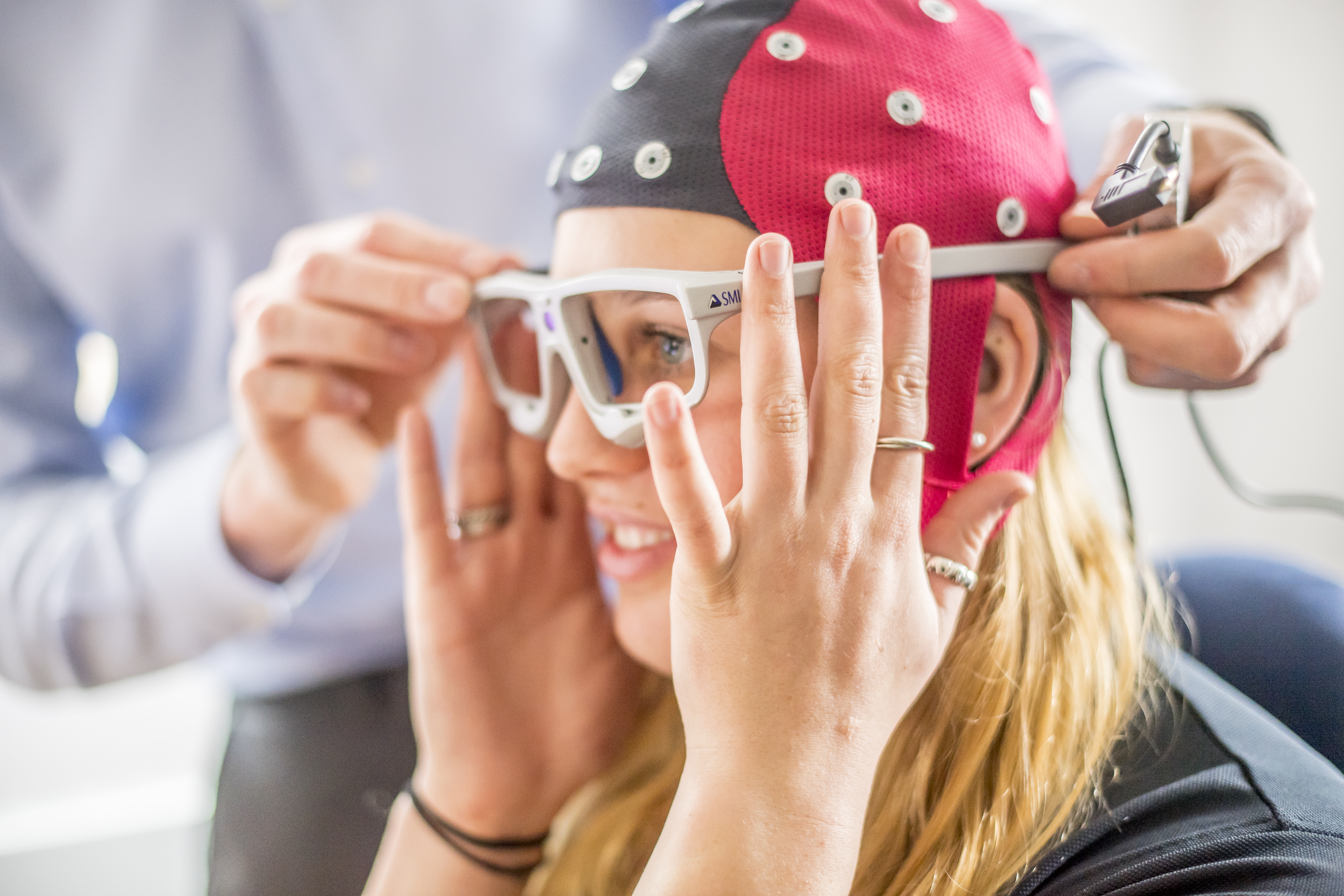
Rehabilitation, Sport and Psychology Research
Our research on Rehabilitation, Sport and Psychology includes four areas or expertise: Sport performance, Psychology, Rehabilitation, and Physical activity for Health.
Learn More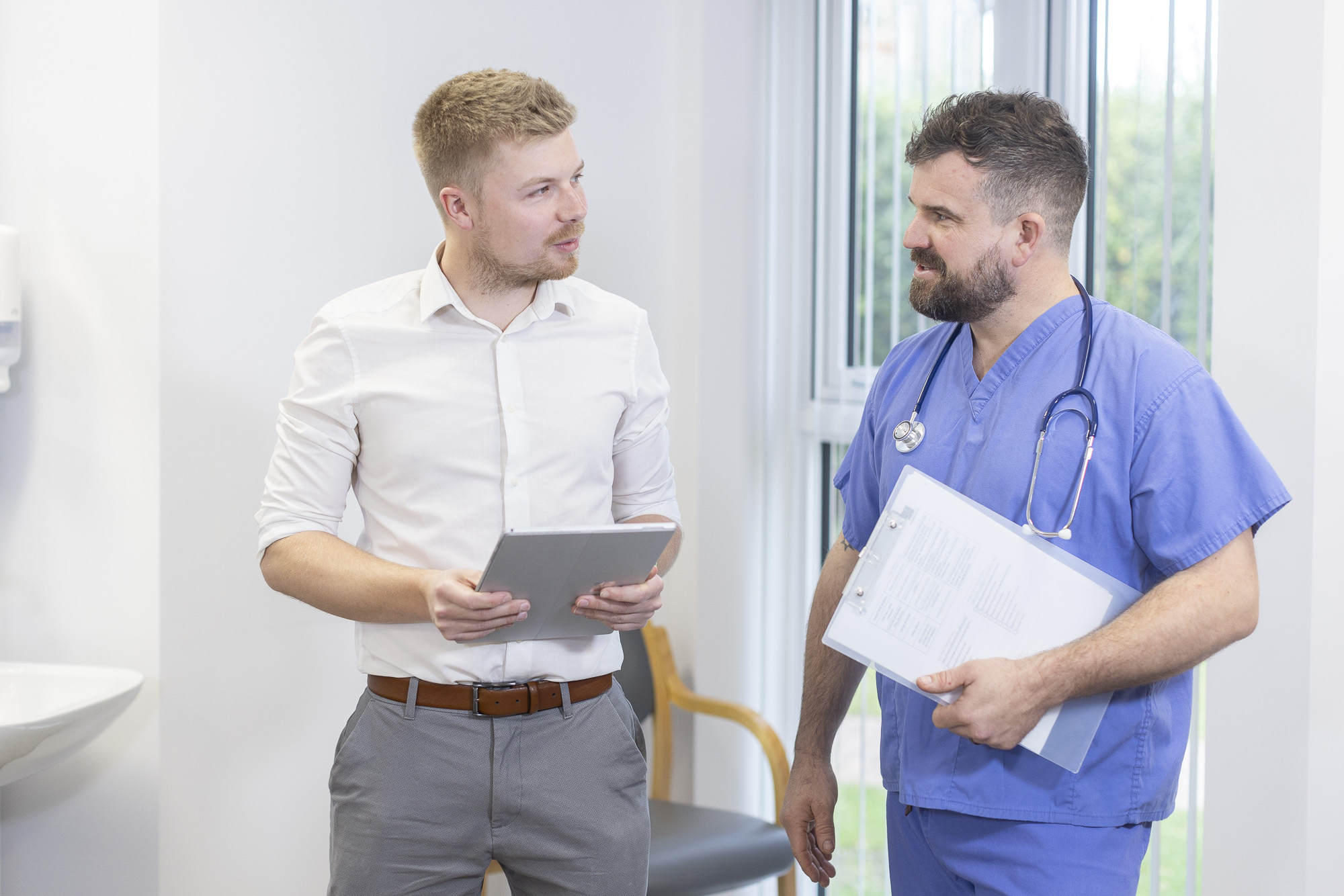
Become part of our growing research community.
You could be part of our projects and the partnerships we make and support, and ultimately help make people’s lives better.

Our research on Rehabilitation, Sport and Psychology includes four areas or expertise: Sport performance, Psychology, Rehabilitation, and Physical activity for Health.
Learn More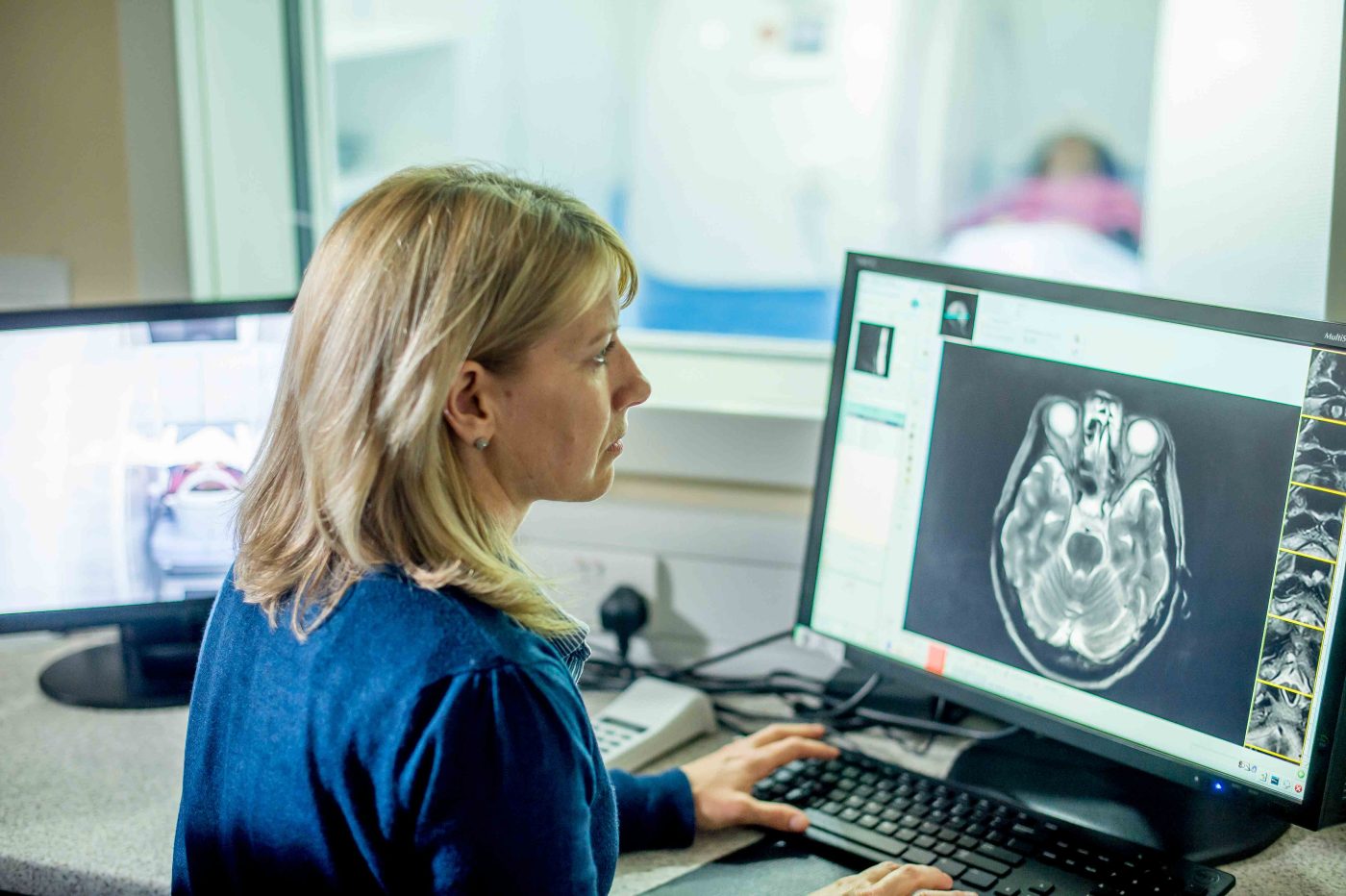
We aim to align our research activity to the key priorities for Diagnostic Imaging and Radiotherapy nationally
Learn More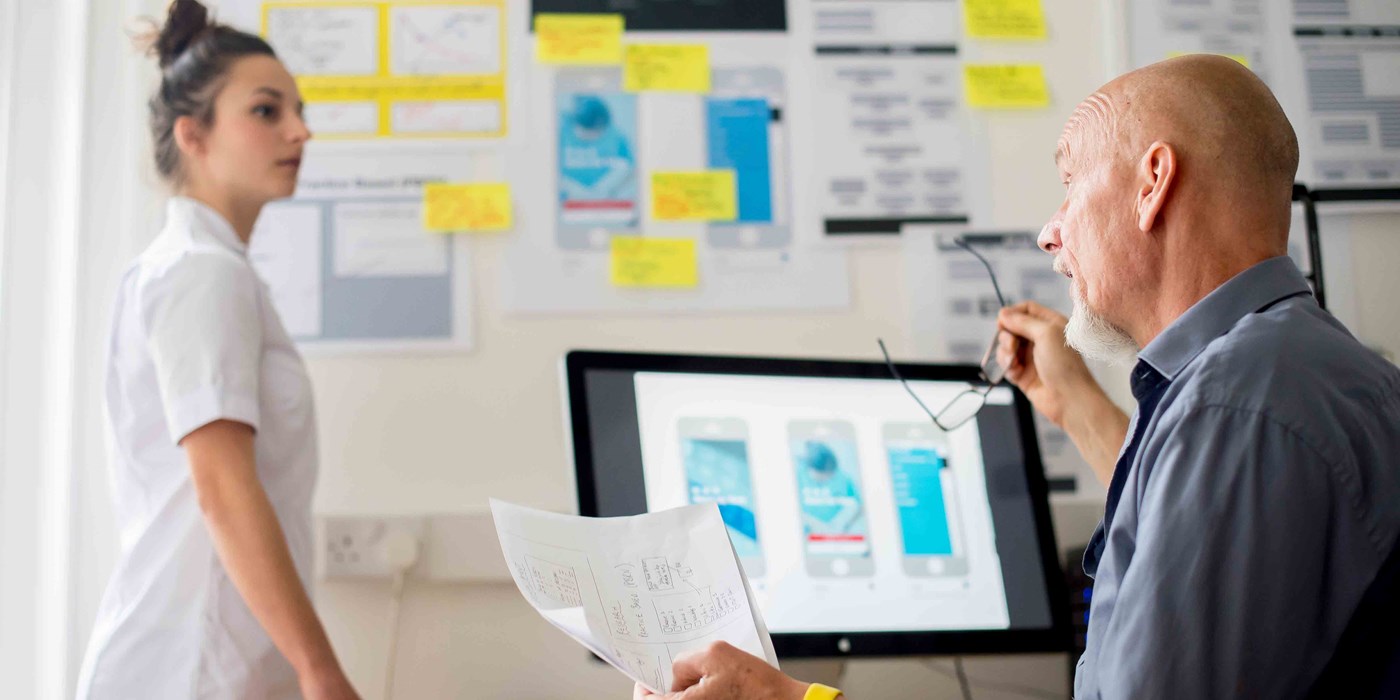
Research for the AECC School of Chiropractic encompasses clinical, education, paediatric and biomechanics research themes.
Learn More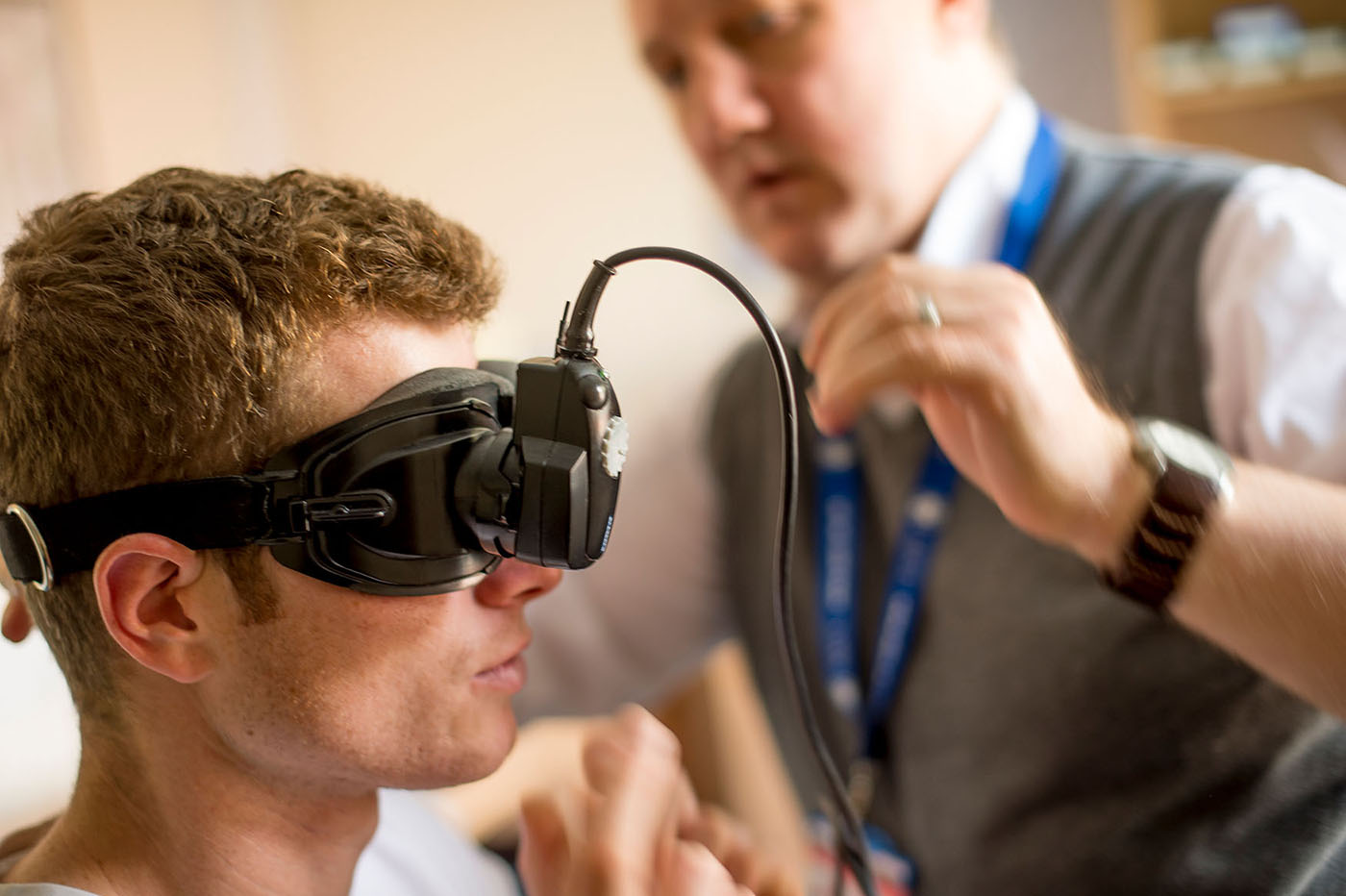
We pride ourselves on innovation, and our rich history of pioneering advances within the health sector.
Develop your own knowledge and skills using both our rich history of pioneering advances in the health sector, and the quality knowledge of our teaching staff, regarded as a ong the best in the world in their specialist fields.
Be a part of our projects and partnerships making peoples lives better and healthier. Support positive sustainable environments and improve communities with us as we work alongside other universities and professional organisations at national and international levels.
Be part of shaping the person centred healthcare of the future including the use of digital technology. Be at the forefront of research in health and wellbeing though monitoring and supporting healthy life choices. Join us in finding the perfect balance between advanced, high-tech methods and compassionate care. The future needs to be gentle and smart.
Let’s make it work together.
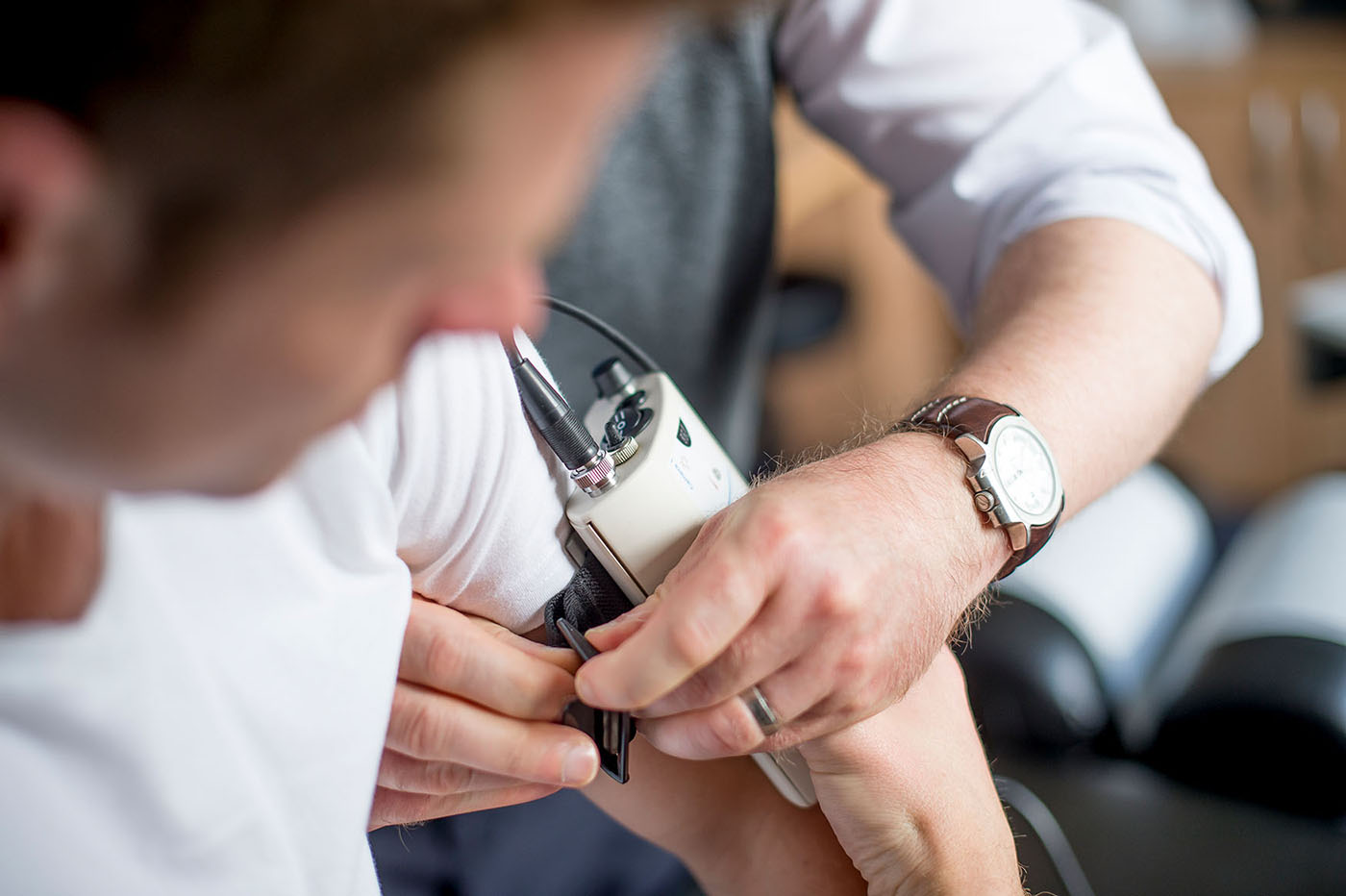
Collaboration and creating new knowledge is central to our activity as a science-based University College, and evidence-based research is at the heart of everything we do.
Take part in current research or study a PhD. We’re here to provide you with the platform to grow your ideas using our wealth of research, and the experience and specialisms of our academic staff.
Innovation vouchers can provide your small or medium-sized enterprise (SME) with access to academic skills, expertise, and specialist equipment and facilities to improve your business’ innovation capability and the opportunity to build a long-term partnership with AECC University College.
Through the scheme, SMEs are provided with an introduction to working with AECC University College with a view to developing new partnerships and identifying opportunities for further collaboration.
Each project should address a genuine challenge face by your business – an issue that can only be tackled with the help of expert know-how and specialist facilities – and must be delivered in collaboration with AECC University College.
We will work with you to understand the business needs and introduce you to relevant academics/clinicians to scope an innovative project with defined tasks, deliverables and outcomes.
The Research Excellence Framework (REF) is the UK’s system for assessing the quality of research in UK higher education institutions.
The REF is undertaken by Research England and the AECCUC submitted for the first time in 2021.
The REF assesses three main elements:
• Quality of research outputs
• Impact of research
• The research environment
As part of the submission process the AECCUC produced a Code of Practice describing how we select individuals and research output for inclusion in our REF submission.
In May 2022 we received feedback from the UK Research Excellence Framework (REF) concerning our submission, the first in the history of the institution. Feedback from this quality assessment exercise was reassuringly positive, confirming that overall 82% of AECC UC research outputs, environment and impact were assessed as internationally recognised, with 25% judged as internationally excellent in terms of originality, significance and rigour. As an institution that puts working with others to generate new knowledge high on our agenda, sector benchmarked recognition of international quality and impact was very welcome.
Entering the REF for the first time is a key milestone in the development of AECC University College and we’re proud of the results given our small size and the fact we have only had University College status since 2017.
This submission illustrates our focus on research as an institution going forward, where research will play a central role as part of our strategic plan to continue to develop and grow further as a specialist health sciences university with local, national and international impact.
Discover and read all the latest news, press releases and happenings here at AECC University College.
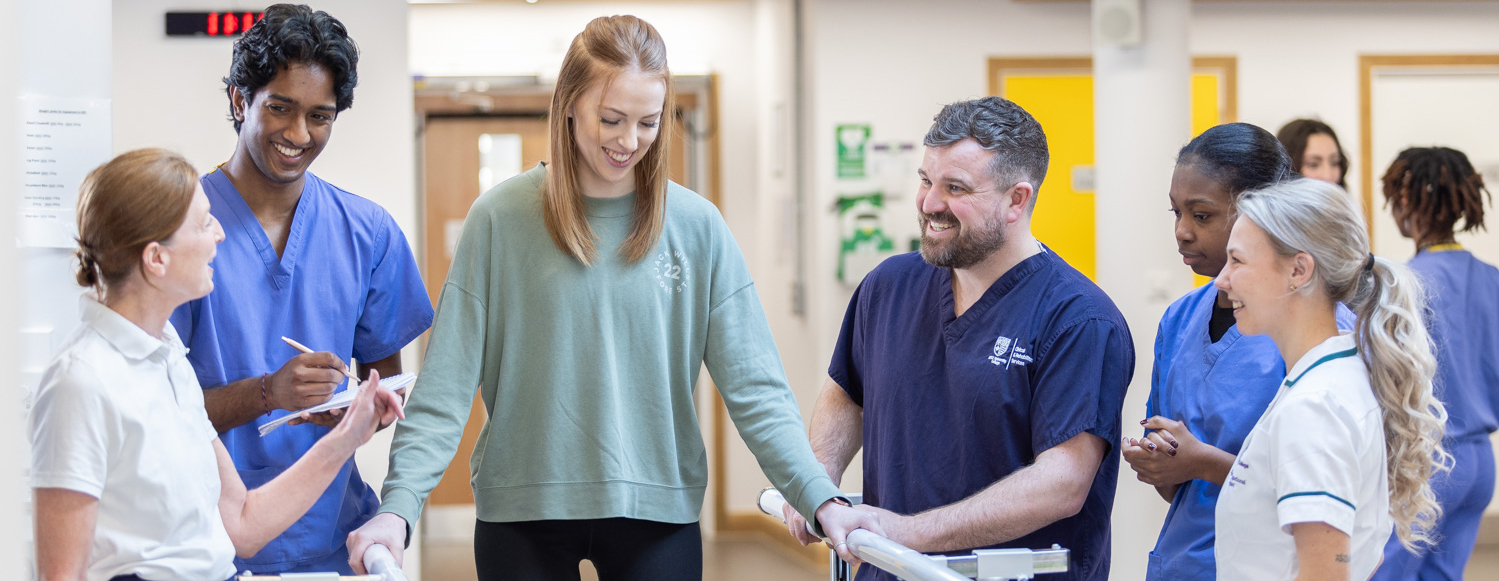
This year, Chiropractic Awareness Week (CAW), 22nd-28th April, is all about raising awareness and speaking up for the chiropractic profession, to build understanding and recognition about the value and expertise that chiropractors bring to their local communities. This year’s theme is ‘Making Chiropractic Integral: Building connections and nurturing a community with the people and places that matter to you.’

On Wednesday 24th April, we held our first AECC University College ‘Staff vs. Students Sports Day’! It took place on Boscombe Beach, and what a great afternoon it was! Staff and students took part in sporting games, including tug of war, sprinting, the three-legged race, and dodgeball.
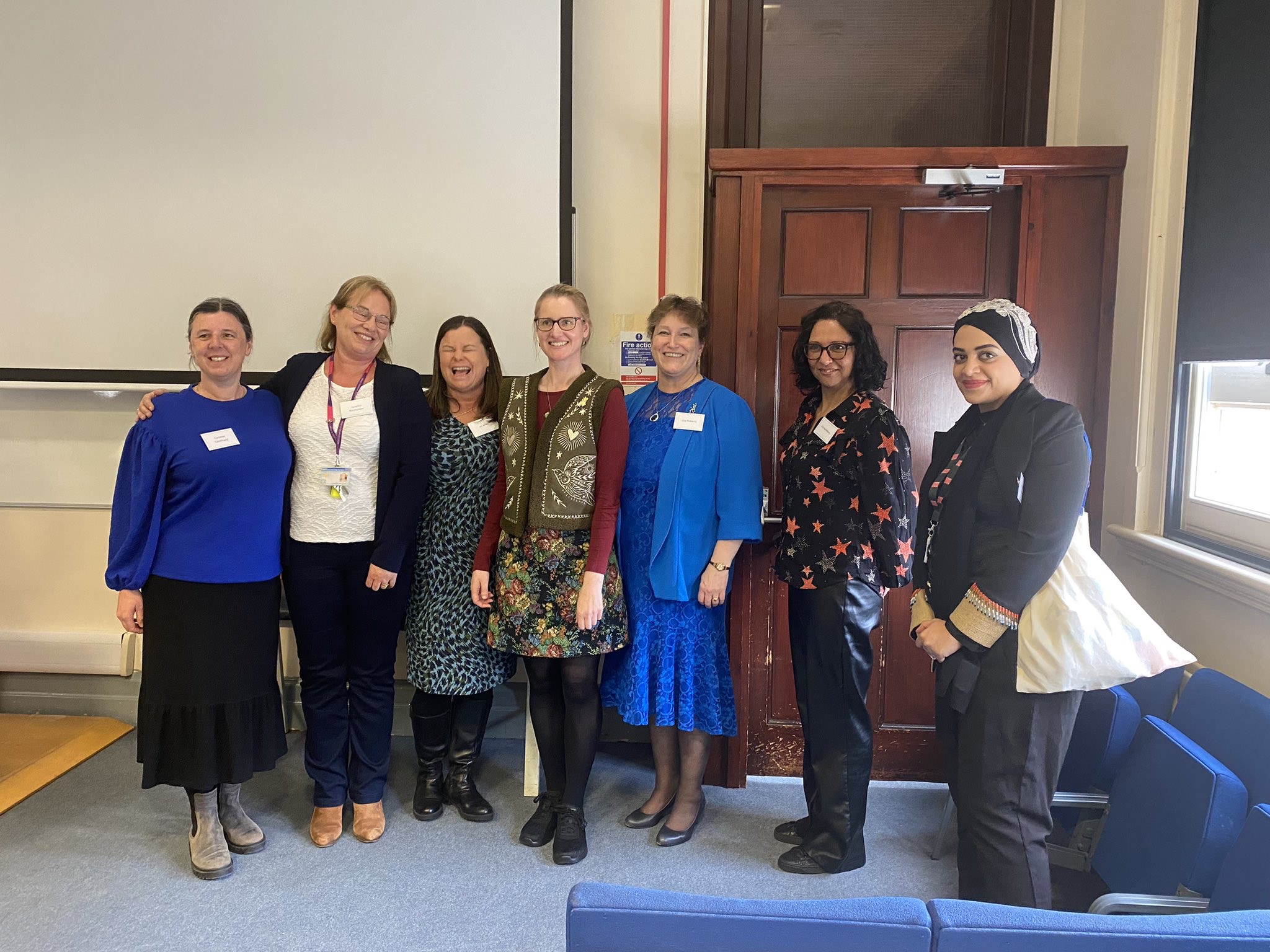
On Friday 12th April, the AECC University College was delighted to host the 42nd annual Physiotherapy Research Society (PRS) Conference at the Parkwood Campus in Bournemouth.
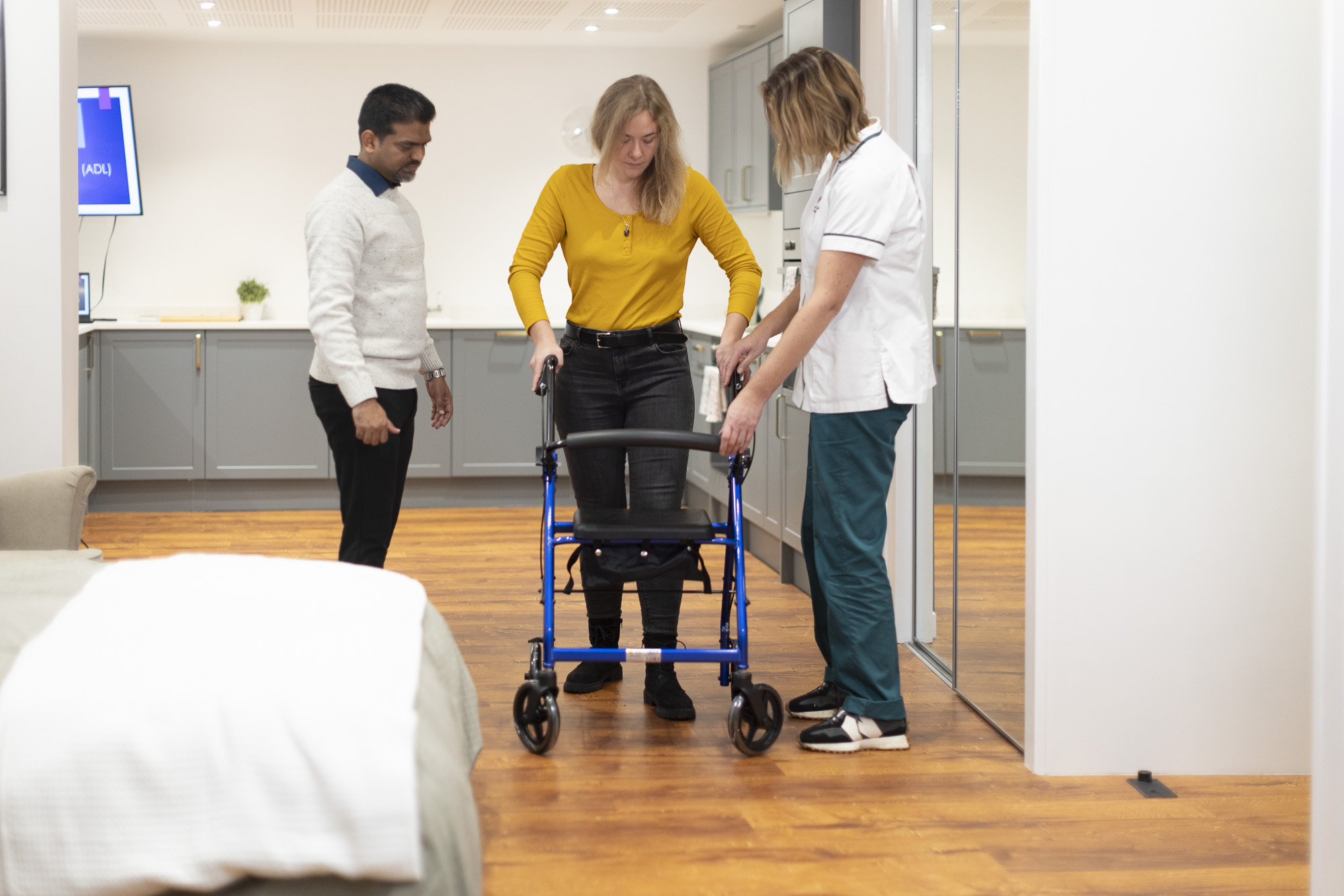
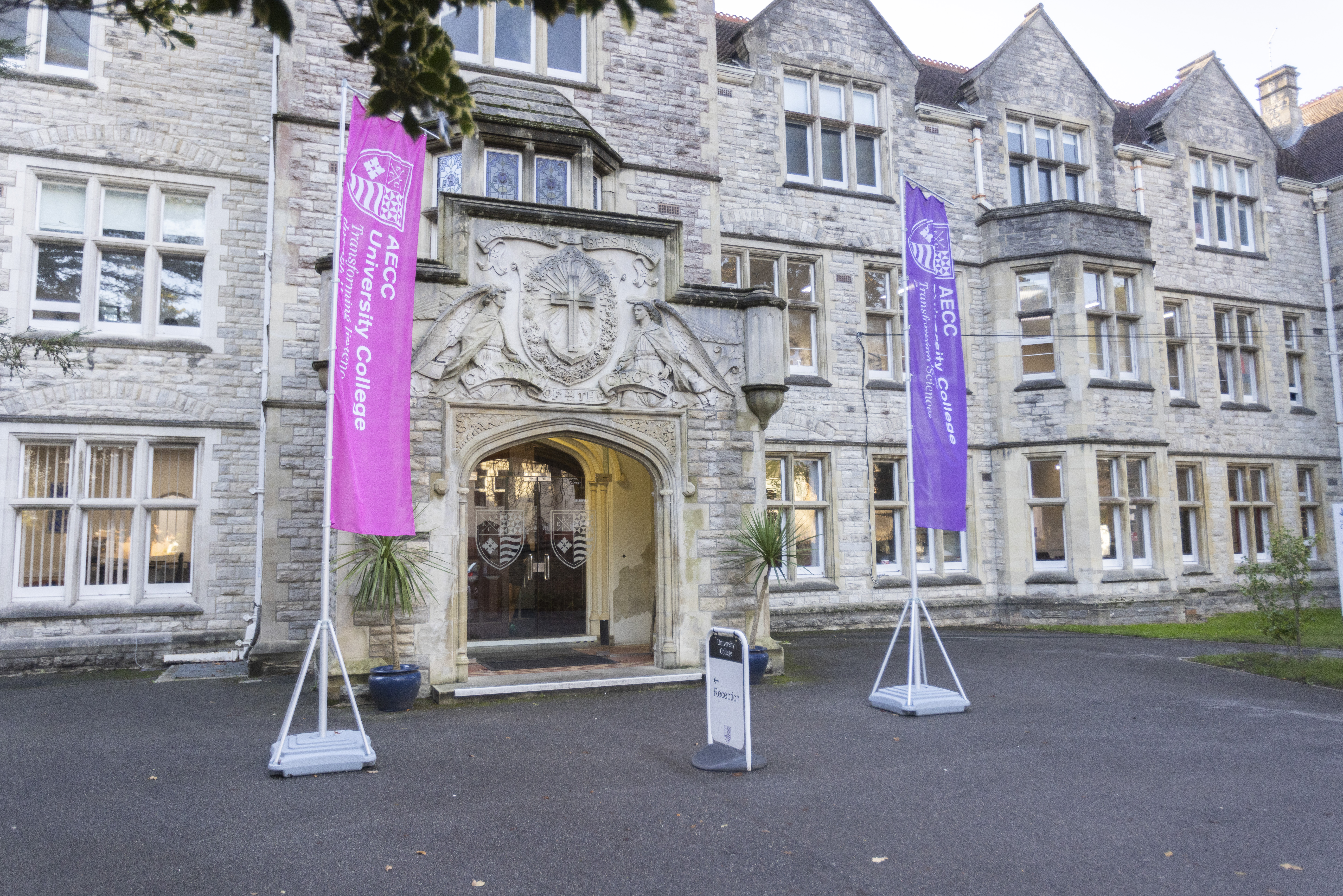
On Thursday 23rd May 2024, AECC University College will be inviting students, staff, alumni and members of the public to attend an evening lecture by Professor Richard Brown.
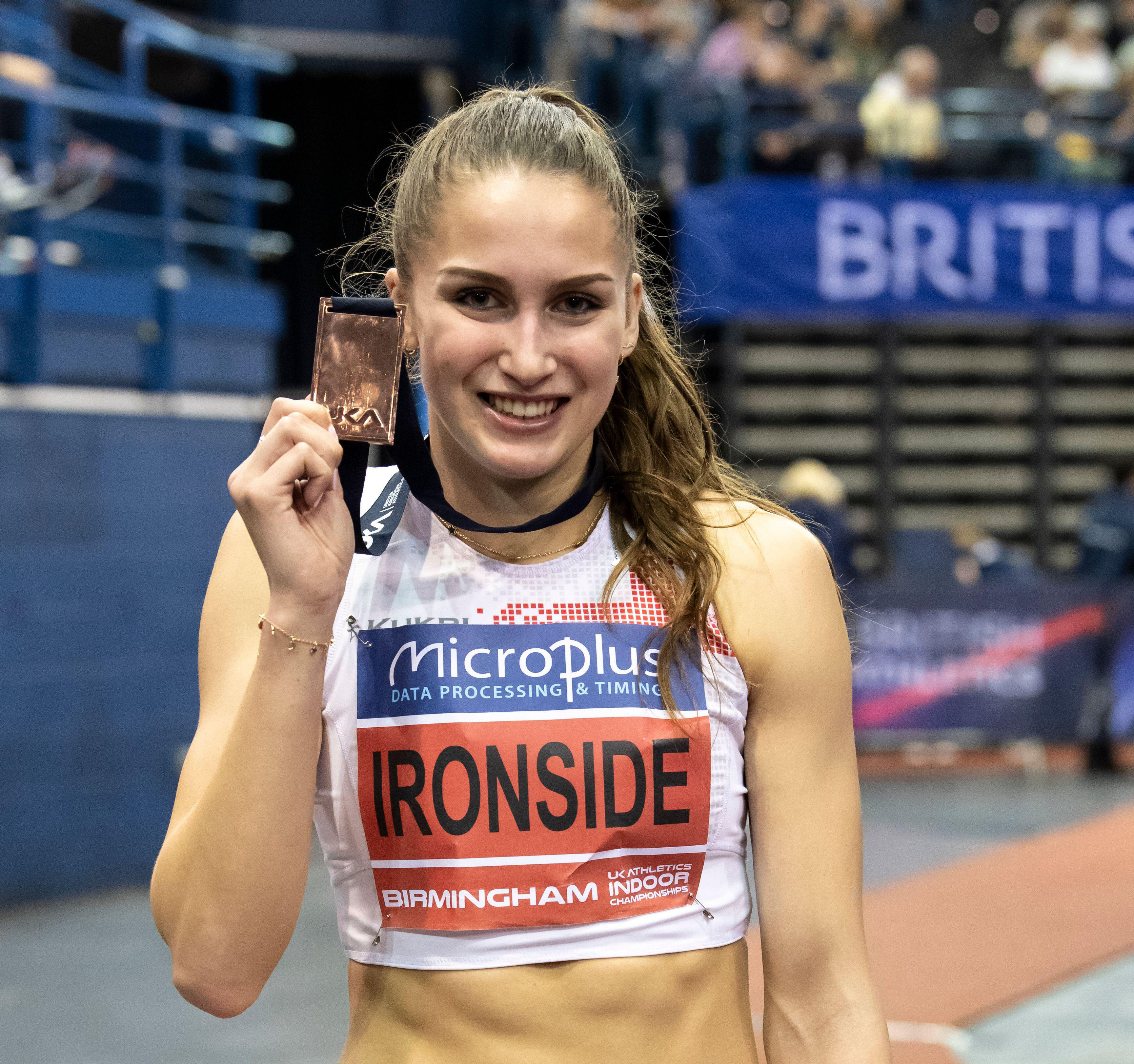
Brooke Ironside, age 20, is currently ranked third in Europe for the under 23 years 200 metres. She tells us how she juggles studying with training in her own words…
AECC University College
Parkwood Campus
Parkwood Road
Bournemouth
BH5 2DF